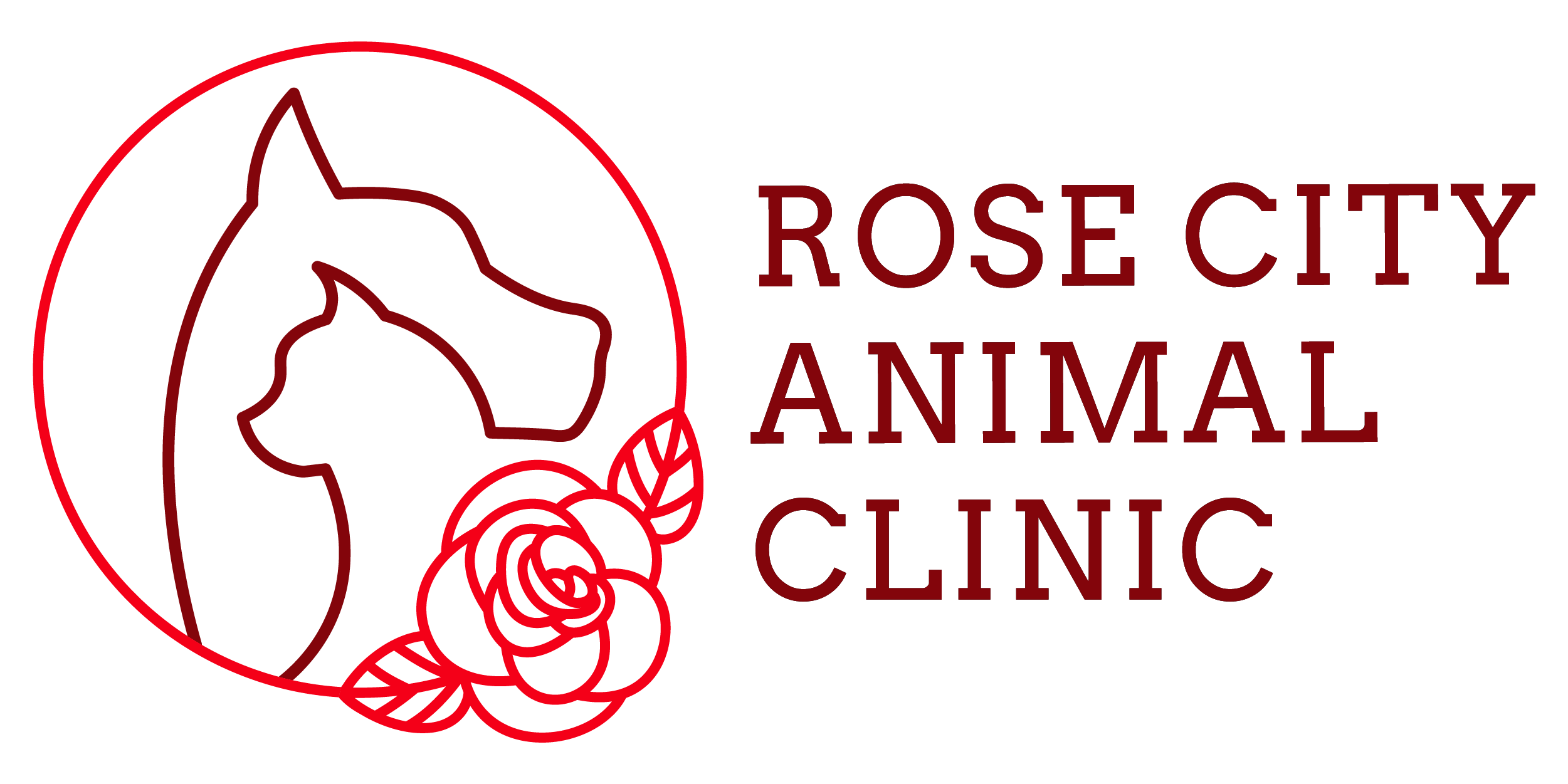September is here which means so is animal pain awareness month! Monitoring your pet’s pain level is an important part of everyday life. But it’s especially important during this time of year!
In this blog we will dive into the types of pain your pet might experience and how to know when it’s time to pay us a visit.
Normal Pain Your Animal Might Experience
Similar to humans, animals can feel pain for a variety of different reasons. But to help keep your pet healthy and happy, it’s important to understand and recognize what levels of pain for them might be more common than others.
Here’s a list of pain that your pet might experience which is a totally normal part of their life.
Teething pain
Puppies and kittens are almost guaranteed to experience teething pain as they develop more and more teeth. This might be an uncomfortable time for your pet, but it is a normal part of your furry friend’s growth. Typically, this pain will go away on it’s own and isn’t a cause for a vet visit.
Minor Injuries
As your pet plays, they might develop small scrapes, or bumps. These aren’t anything to worry about as they are usually just temporarily painful. Just keep an eye on your pet and make sure that their injury heals correctly and that they return to their usual behavior shortly after the incident.
Recovery From Surgery
If your pet has recently been through surgery or a medical procedure, it’s normal for them to experience some sort of pain post operation. This type of pain is expected and is a totally normal part of the recovery process. Make sure to always follow your vet’s guidance and instructions so your pet can heal in a happy and healthy way.
Keep in mind that although this pain might not be abnormal for your pet to experience, it can still be painful for them. Use these signs of pain below to understand when it’s time to call your vet.
Signs Your Pet Might Be in Pain
You know your pet best; so if you notice any sudden behavior changes, give us a call. We can help you determine the best course of action for your furry friend. Here’s what to look out for:
- Changes in behavior
- Decreased appetite or changes in eating or drinking behavior
- Excessive grooming of one body part
- Changes in posture
- Difficulty moving
- Whimpering, growing, etc
- Changes in breathing patterns
- Dilated pupils
If you notice any of these symptoms in your pet, give us a call. The best thing we can do for your pet’s health is to be proactive. Especially during animal pain awareness month, if you have any questions or concerns about your pet, reach out to us. We’re here to make sure your pet’s overall wellness is taken care of.




